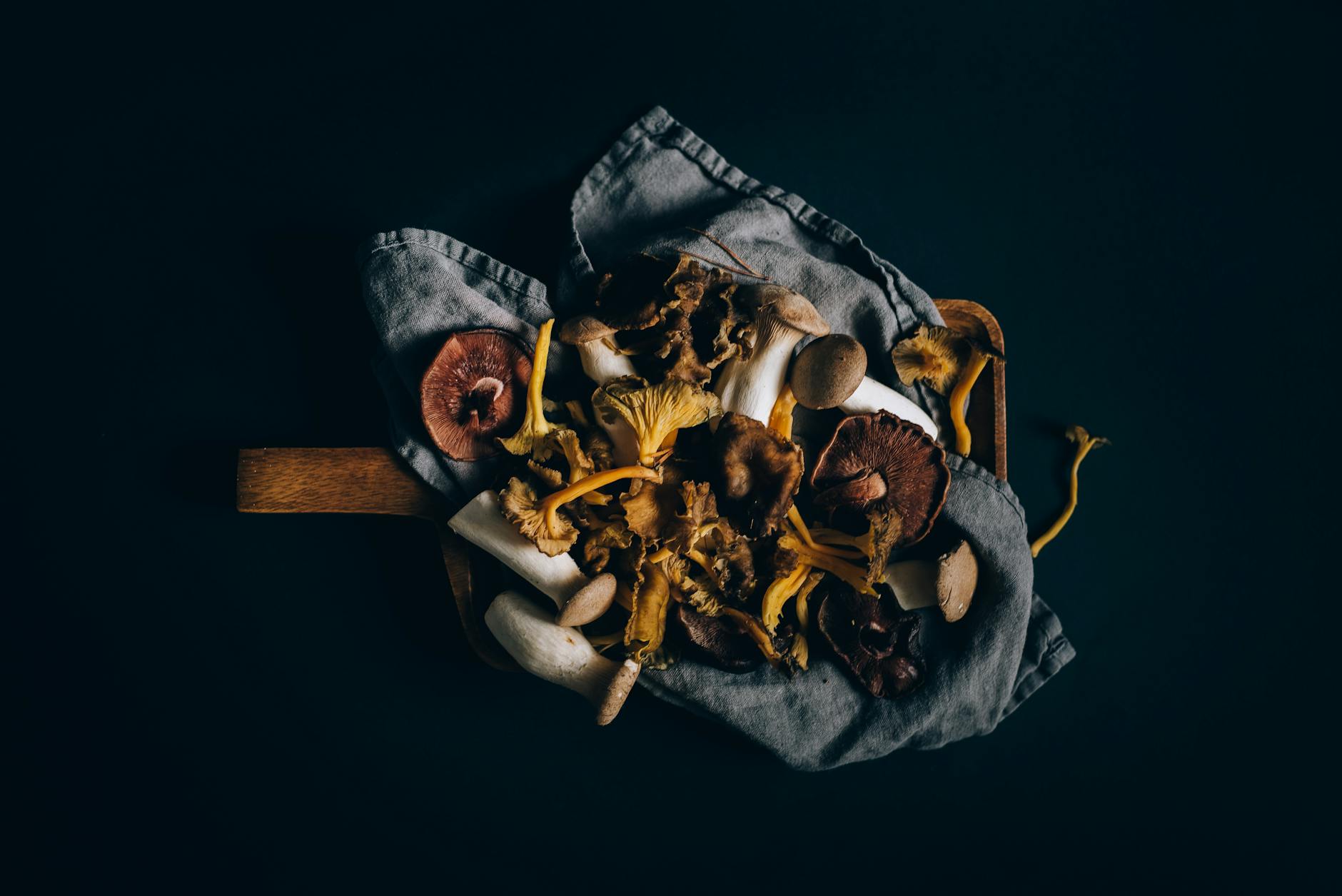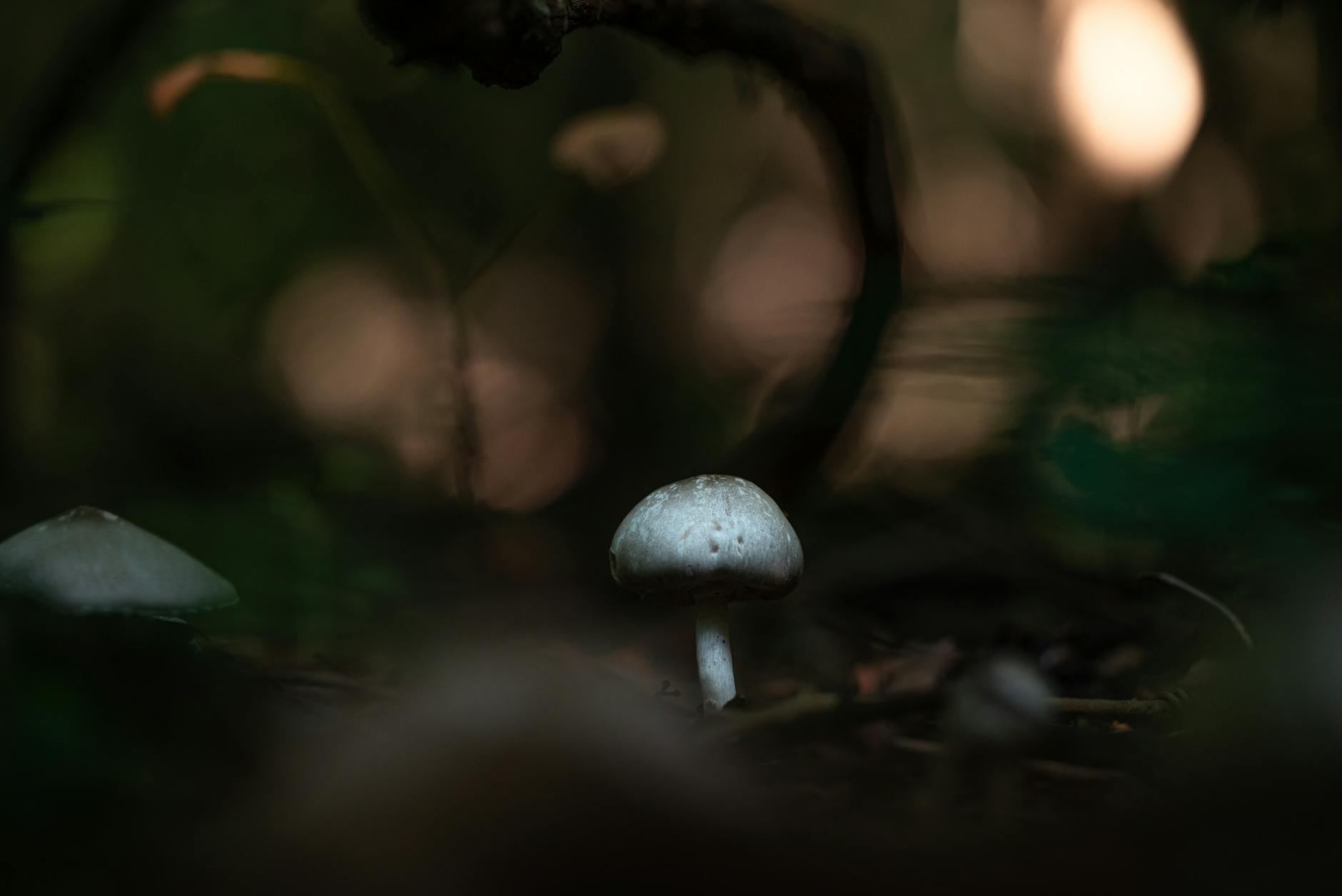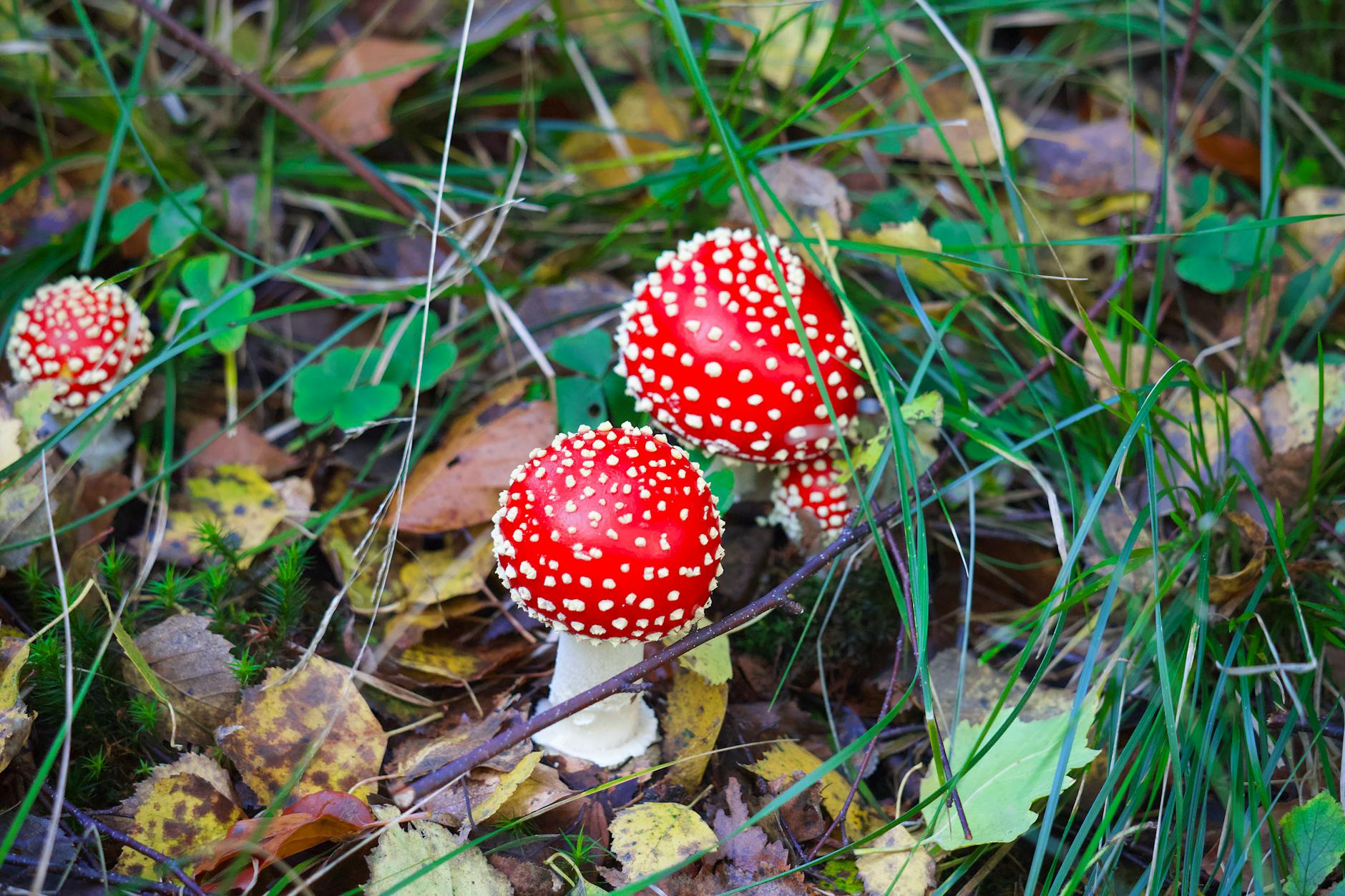Porcini mushrooms, also known as “king boletes,” are prized for their meaty texture and rich, nutty flavor. These wild edibles can elevate any dish, from pasta to risotto, with their earthy aroma and savory taste. Foraging for porcini mushrooms can be a rewarding and enjoyable experience for any nature lover or food enthusiast. In this guide, we will explore the best tips for locating these delicious fungi in the wild.
Understanding Porcini Mushrooms
Before you embark on your porcini foraging adventure, it is essential to familiarize yourself with the characteristics of these mushrooms. Porcini mushrooms typically have a large, brown cap with a thick stem and a sponge-like texture on the underside of the cap instead of traditional gills. They are usually found growing in association with certain trees, such as oak, chestnut, pine, or birch.
Best Locations for Porcini Foraging
When searching for porcini mushrooms, it is crucial to visit the right locations. Porcini mushrooms thrive in moist, wooded areas with well-drained soil. Look for them in mixed forests, especially around the bases of mature trees. Keep an eye out for damp, shady spots with plenty of leaf litter and organic matter, as these are ideal conditions for porcini growth.
Timing is Key
Timing is crucial when it comes to foraging for porcini mushrooms. These fungi are most commonly found in late summer to early autumn, usually after a period of rain. Warm, humid weather can trigger the growth of porcini mushrooms, so be on the lookout for them during these conditions. Remember that porcini are highly sought after by both foragers and wildlife, so it is essential to be quick and vigilant during the prime season.
Identifying Porcini Mushrooms
Properly identifying porcini mushrooms is vital to ensure a safe and enjoyable foraging experience. While porcini mushrooms have some distinctive features, there are also poisonous look-alikes in the wild. Pay attention to the color, shape, and texture of the mushroom, as well as the presence of a characteristic network pattern on the stem. If you are unsure about the identification of a mushroom, it is best to err on the side of caution and consult with an experienced forager or mycologist.
Harvesting Porcini Mushrooms
When harvesting porcini mushrooms, it is crucial to do so responsibly to ensure the sustainability of the mushroom population. Use a sharp knife to cut the mushroom at the base of the stem, leaving the root intact to allow for regrowth. Avoid overharvesting and only pick mature mushrooms, leaving younger ones to continue growing. Remember to respect nature and leave no trace of your foraging activities behind.
Cooking with Porcini Mushrooms
Once you have successfully foraged for porcini mushrooms, it’s time to enjoy the fruits of your labor in the kitchen. Porcini mushrooms are versatile and can be used in a variety of dishes, including pasta, risotto, soups, and sauces. Their intense flavor and meaty texture make them a favorite ingredient among chefs and home cooks alike. Experiment with different cooking methods to fully appreciate the unique taste of porcini mushrooms.
In conclusion, foraging for porcini mushrooms can be a fulfilling and enriching experience for anyone with a love for nature and food. By following these tips and guidelines, you can increase your chances of locating these meaty edibles in the wild while ensuring sustainability and safety. Happy foraging, and may your porcini hunting adventures be fruitful and rewarding!


